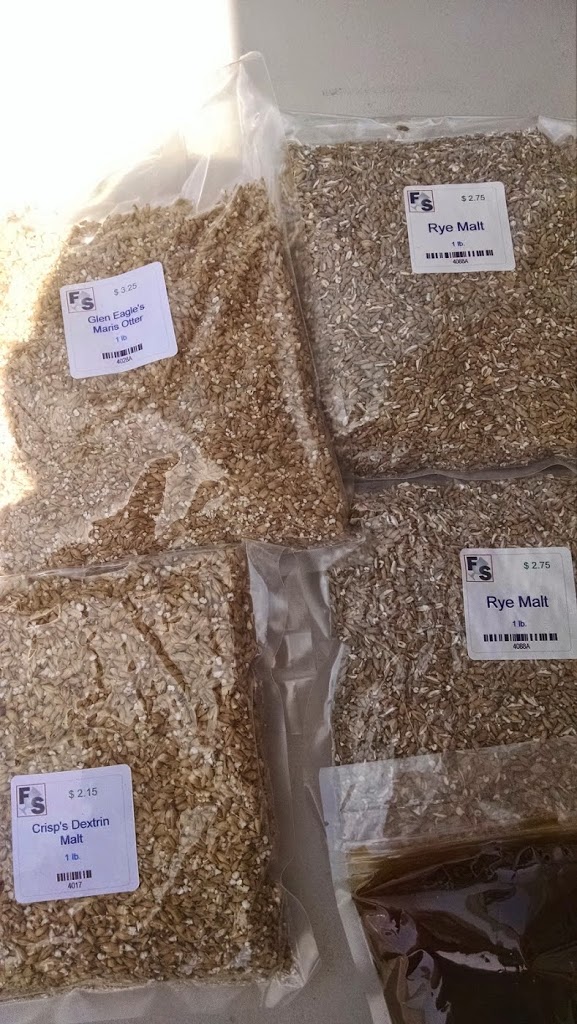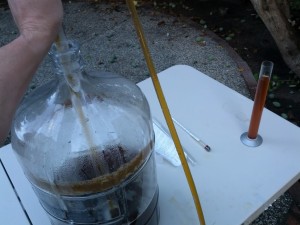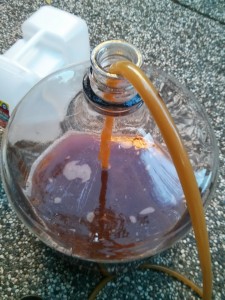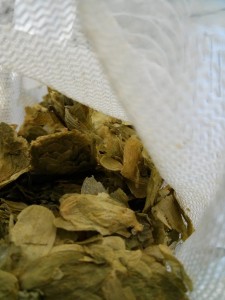I’ve always been an extract brewer with the intention of moving over to all grain brewing once I become proficient at extract. Finally decided to make the jump recently.
At this point, I’m confident enough in making my own recipes that I don’t need to buy a kit; I can figure out which malts or grains, which hops, and which yeast I want to use. This definitely came in handy when trying to decide which grains to use for my first partial mash brewing session. I decided to shoot for a highly hopped rye I.P.A.
After doing a bit of research, I learned you typically need a quart of water for every pound of grain you’ll mash. For my recipe, I have 4 pounds total:
- 2 lb. rye
- 1 lb. maris otter
- 1 lb. dextrin malt
I also learned you typically want to mash for about an hour, and you want to hit a very specific temperature range, between 150 and 152 F. Mine was a couple degrees higher.
There seem to be many ways to “rinse” or get a second mash out of the grain; I basically did another mash after emptying the liquid wort, and then mashed out – brought the temperature to about 180 F.
Once you’ve done this, then it’s time for the boil, and everything from here on out is the same as extract. It was definitely more work to do the partial mash, but I’m excited to try the final product to see if I can taste the difference. Here was the hopping schedule I used:
- 1 oz. simcoe 60 min.
- .5 oz. simcoe 30 min.
- 1 oz. mosaic 15 min.
- 1 oz. citra 15 min.
- 1 oz. mosaic 5 min.
- 1 oz. citra 5 min.
- 1 oz. mosaic 0 min.
I went with California Ale WLP 001 for yeast pitch(2 liquid vials).
I’m shooting for 7% abv, and O.G. measured at about 1.064, so if it attenuates like it should, then it looks like it will work out.




